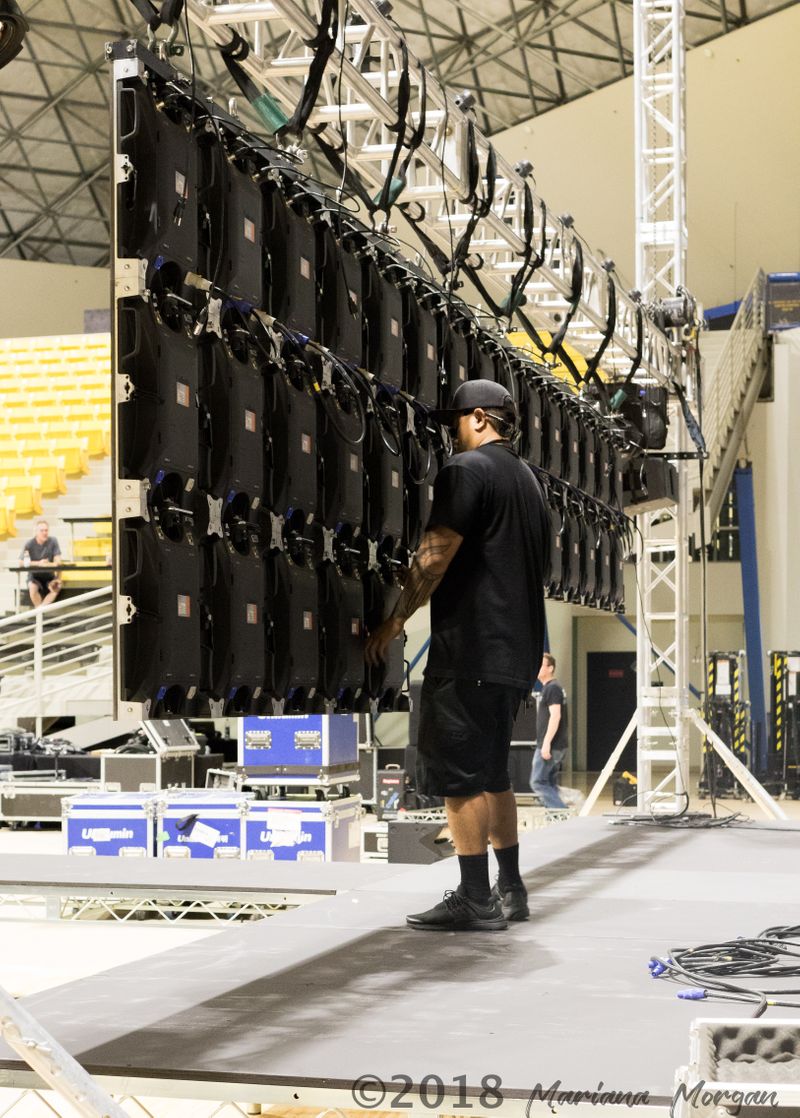Exploring How Definition Influences the Performance and Visual Caliber of LED Walls in Contemporary Display Techniques
Exploring How Definition Influences the Performance and Visual Caliber of LED Walls in Contemporary Display Techniques
Blog Article
Light Emitting Diode screens are growing increasingly popular in different environments, including concerts and athletic competitions to business presentations and art exhibits. One of the key crucial elements that influence the performance and visual quality of these screens is image clarity. Image resolution denotes the number of pixels that compose the image on the screen. Increased resolution means more pixels, which can lead to clearer and crisper visuals. Grasping how image clarity impacts LED walls can help users make informed decisions about their display requirements.
When talking about image clarity, it is essential to consider pixel spacing, which is the gap between the midpoint of one picture element to the midpoint of the next pixel. A smaller picture spacing yields a greater resolution, allowing for more clarity in the visuals shown. For example, an LED wall with a pixel pitch of 1.5mm will provide a sharper visual than one with a picture pitch of 3mm. This is particularly important in environments where audiences are near to the display, such as in a small location or a exhibition event booth. In these cases, a higher image clarity can greatly improve the viewing experience.
Another aspect of resolution is its effect on color precision and luminosity. LED walls with higher image clarity often have superior hue reproduction, meaning that the colors displayed are increasingly vibrant and true to life. This is essential for uses like advertising, where the goal is to capture interest and convey a concept efficiently. Additionally, higher resolution screens can preserve brightness levels even when viewed from various perspectives. This is crucial in big venues where viewers may be positioned at various distances and positions from the display.
The performance of LED walls is also influenced by resolution in terms of refresh frequencies and response times. A higher resolution display can handle faster refresh rates, which is essential for dynamic content such as videos and animations. This indicates that the visuals on the display will visit look more fluid and increasingly seamless, enhancing the overall viewing experience. In contrast, lower resolution displays may struggle with fast-moving material, resulting in fuzziness or delay. Therefore, for occasions that depend on dynamic visuals, choosing a display with a suitable resolution is critical.
In summary, image clarity plays a crucial role in defining the functionality and image quality of LED walls. Factors such as pixel pitch, hue precision, luminosity, update frequencies, and response times all contribute to how effectively a screen can communicate data and capture audiences. As technology continues to advance, understanding these elements will assist operators choose the appropriate LED screen for their specific requirements, guaranteeing that they achieve the best possible outcomes in their displays and occasions.
